7 reasons to love living in a 1970s property
The interior designers may have got it wrong, but those builders in the 1970s definitely did something right

Seventies homes get a bad rap. Yes, there were the misjudged interior forays into wild and wacky colours (avocado bathroom suite anyone?) and an abundance of mismatched patterns set above a sea of shagpile, BUT strip that all away and 1970s properties actually have many redeeming features.
Here are 7 reasons why we love that 1970s thing:
1 BIG rooms
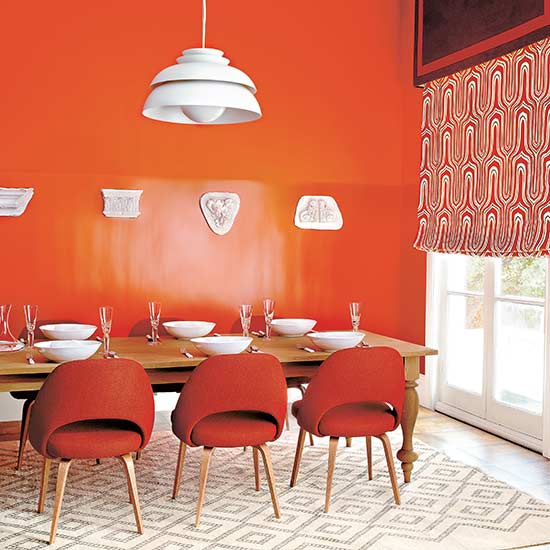
Just look at the long-lasting impact of Farah Fawcett's hair, and you can deduct that the first rule of the 1970s was ‘bigger is most definitely better'. This wasn't restricted to personal grooming though; in property terms it translated into floor space. Lots of it.
Seventies homes may not have the high ceilings of Victorian terraces, or the minimalist design features of Modernist homes, but they do have an abundance of space. With rooms big enough to allow you to spread-eagle like a hippie in a field, they are ideal for families as they offer plenty of space to grow, play and entertain.
2 Added light
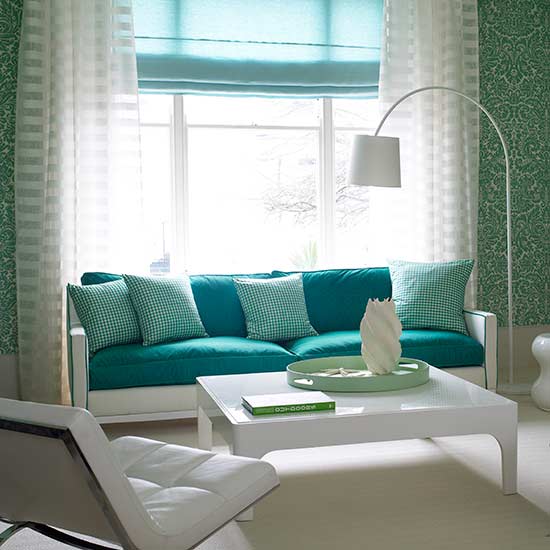
With big rooms come big windows. Actually, that's not a hard-and-fast rule for every new-build on the block, but 1970s properties are renowned for their big windows - the start of inside-outside living - and skylight obsession.
Get the Ideal Home Newsletter
Sign up to our newsletter for style and decor inspiration, house makeovers, project advice and more.
'Skylights!' you scoff. No, that's not naff. We will not argue with anything that means we get more natural light. Aside from anything else, it means lower electricity bills. Win-win.
3 Large gardens
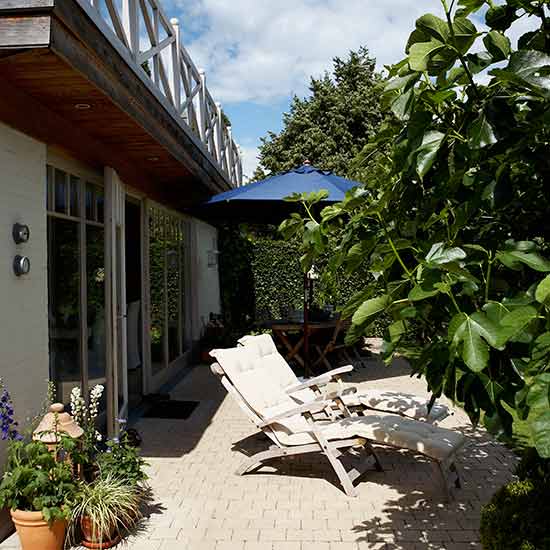
Because land was cheaper back in the day, many 1970s houses were built on bigger plots. This meant greater opportunity for outdoor spaces. And those gardens, the ones there is not room for in today's new-builds or high-rise blocks, are still a big draw for buyers. Barbecues in the original garden fire-pit anyone?
4 One-of-a-kind style
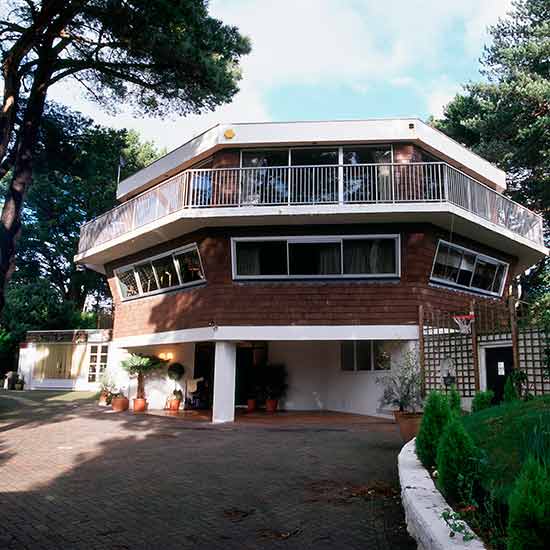
The no-holds-barred, no-rules-apply style ideas that we associate with the 1970s were taken up by architects (when they were presented with the opportunity). The desire to rebel against traditional and accepted architectural forms means that 1970s properties - even the ones that look a bit A-Frame bland on the outside - feature some seriously unique design features.
Basically, one-of-a-kind 1970s homes stand as a monument to non-conformity. Ideal if you like to be seen as a quirky kind of homeowner.
5 Sociable, open-plan living
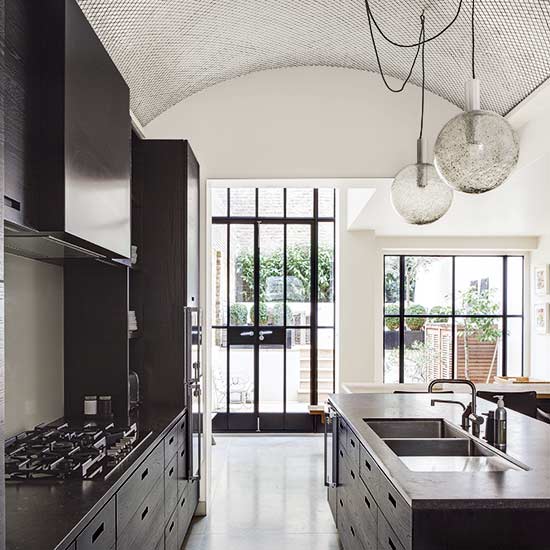
The 1970s were basically the advent of today's popular open-plan living style. Seventies living rooms were designed on stepped levels, creating natural zones for different purposes. Teamed with double-height or vaulted ceilings, this all emphasised our very first point: the luxury of space.
Kitchens got bigger as entertaining got wilder and sociable breakfast bars encouraged the heart of the home to be used by more than a single occupant, ie not just mum.
6 The downstairs loo
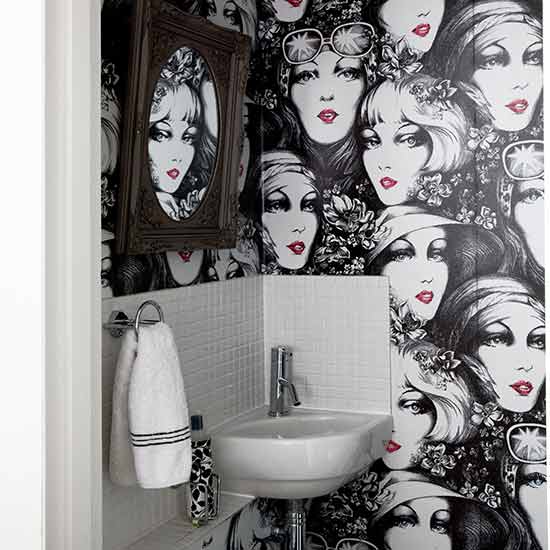
In the 1970s, a second (en-suite) bathroom was the height of fashion. Equally, the downstairs loo was a statement of... well, it said something good about a home's owners.
Regardless of what exactly that might be, the convenience of having an extra toilet - one that was drawn into the original plans, and not just a converted under-stair cupboard - cannot be underestimated.
7 Statement staircases
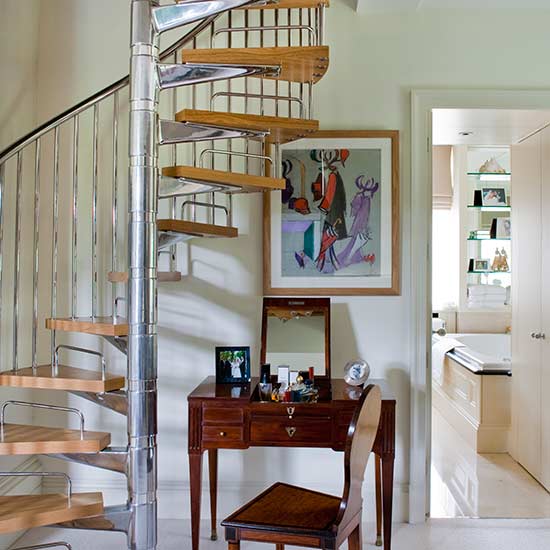
Speaking of stairs, helloooo? What era does the over-blown statement staircase as well as the 1970s? Vertigo-inducing spirals, dramatic carpeted Hollywood-esque flights, distracting floating wooden slats... Come on, it's so kitsch it must be cool.
******

Heather Young has been Ideal Home’s Editor since late 2020, and Editor-In-Chief since 2023. She is an interiors journalist and editor who’s been working for some of the UK’s leading interiors magazines for over 20 years, both in-house and as a freelancer.
-
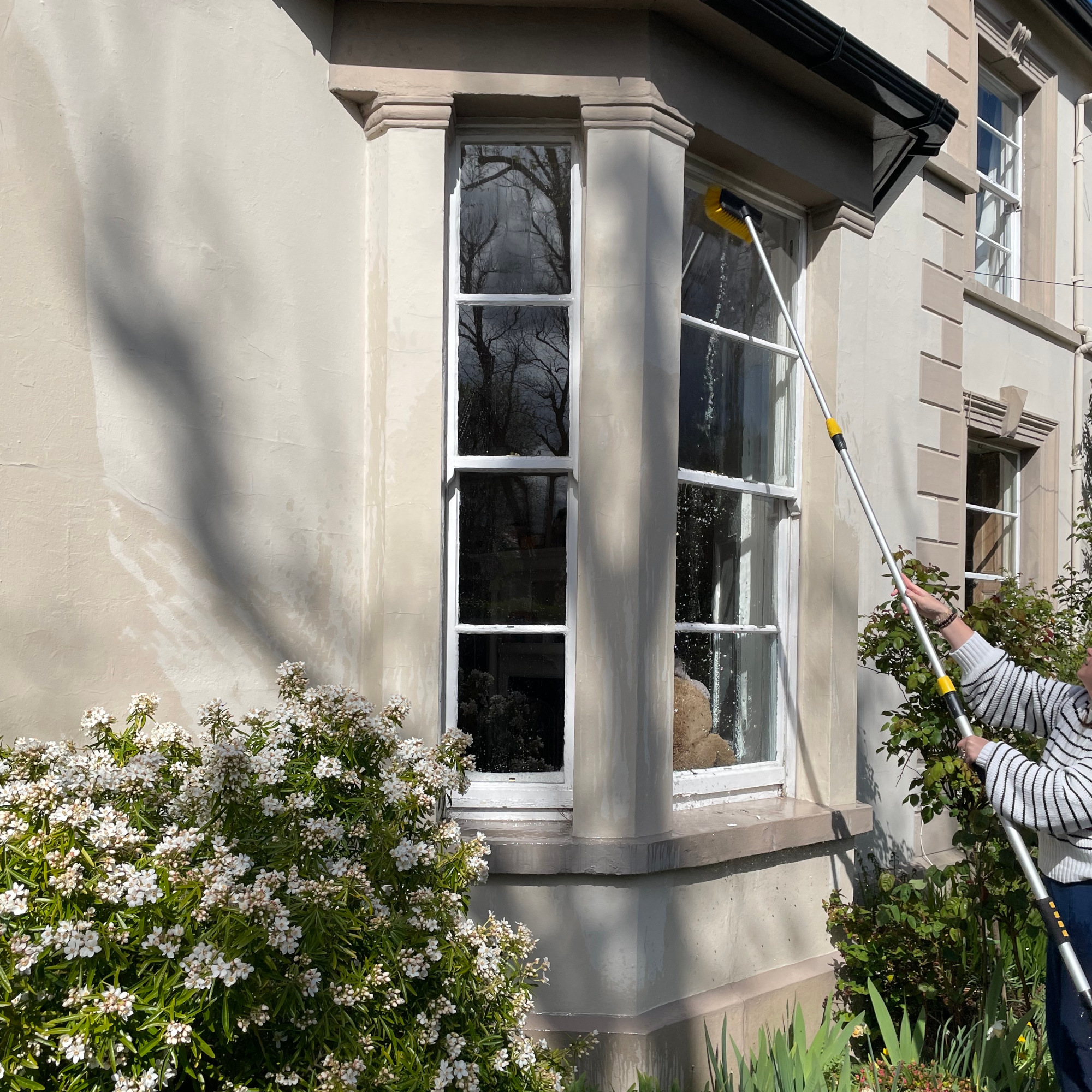 This £20 telescopic hose brush did such a good job cleaning my windows I sacked my window cleaner and saved £100
This £20 telescopic hose brush did such a good job cleaning my windows I sacked my window cleaner and saved £100It's a game-changer for sparkling glass
By Jenny McFarlane
-
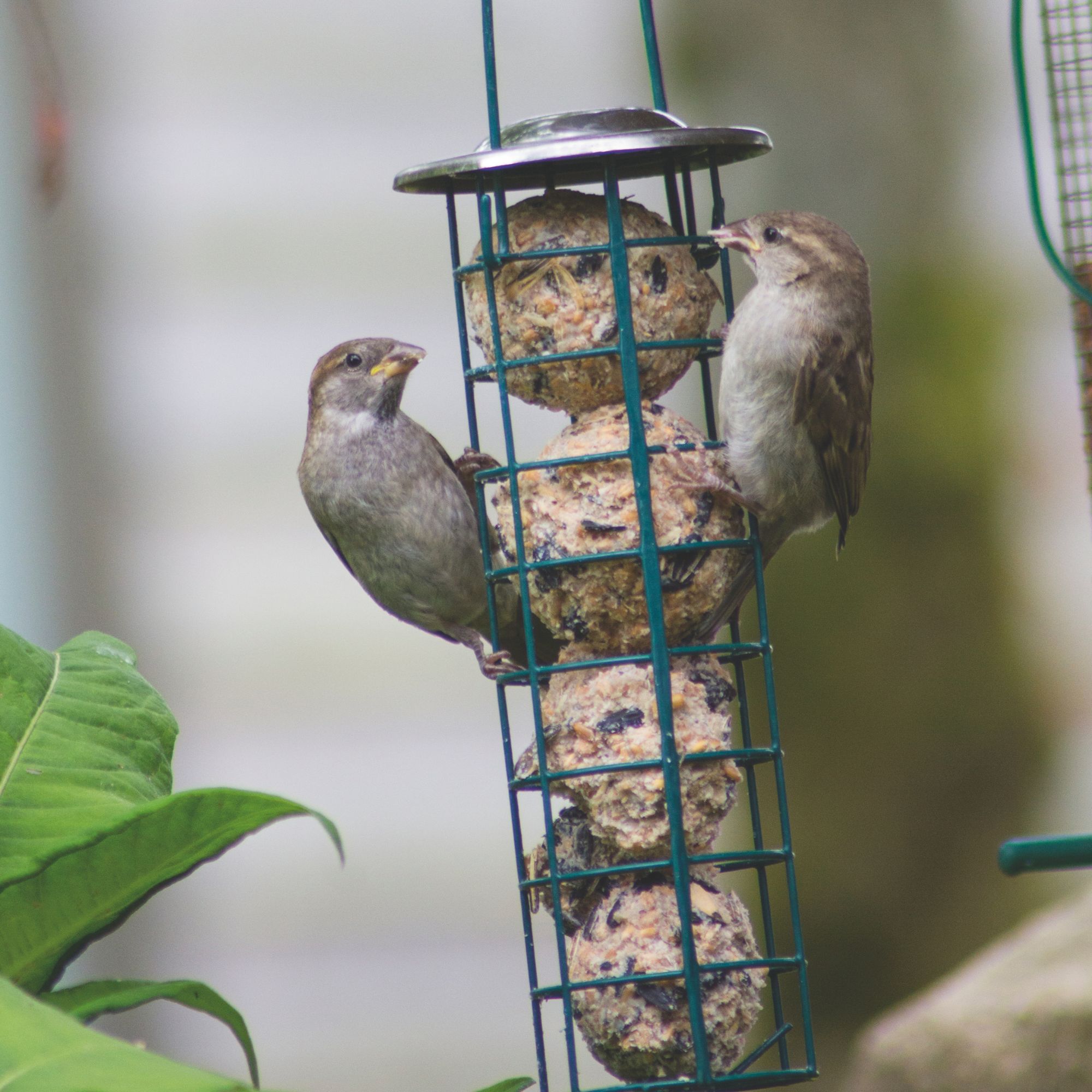 Pest experts reveal eucalyptus is the secret ingredient for keeping rats off your bird feeder - this is how to use it safely and effectively
Pest experts reveal eucalyptus is the secret ingredient for keeping rats off your bird feeder - this is how to use it safely and effectivelyIt's a great natural deterrent
By Kezia Reynolds
-
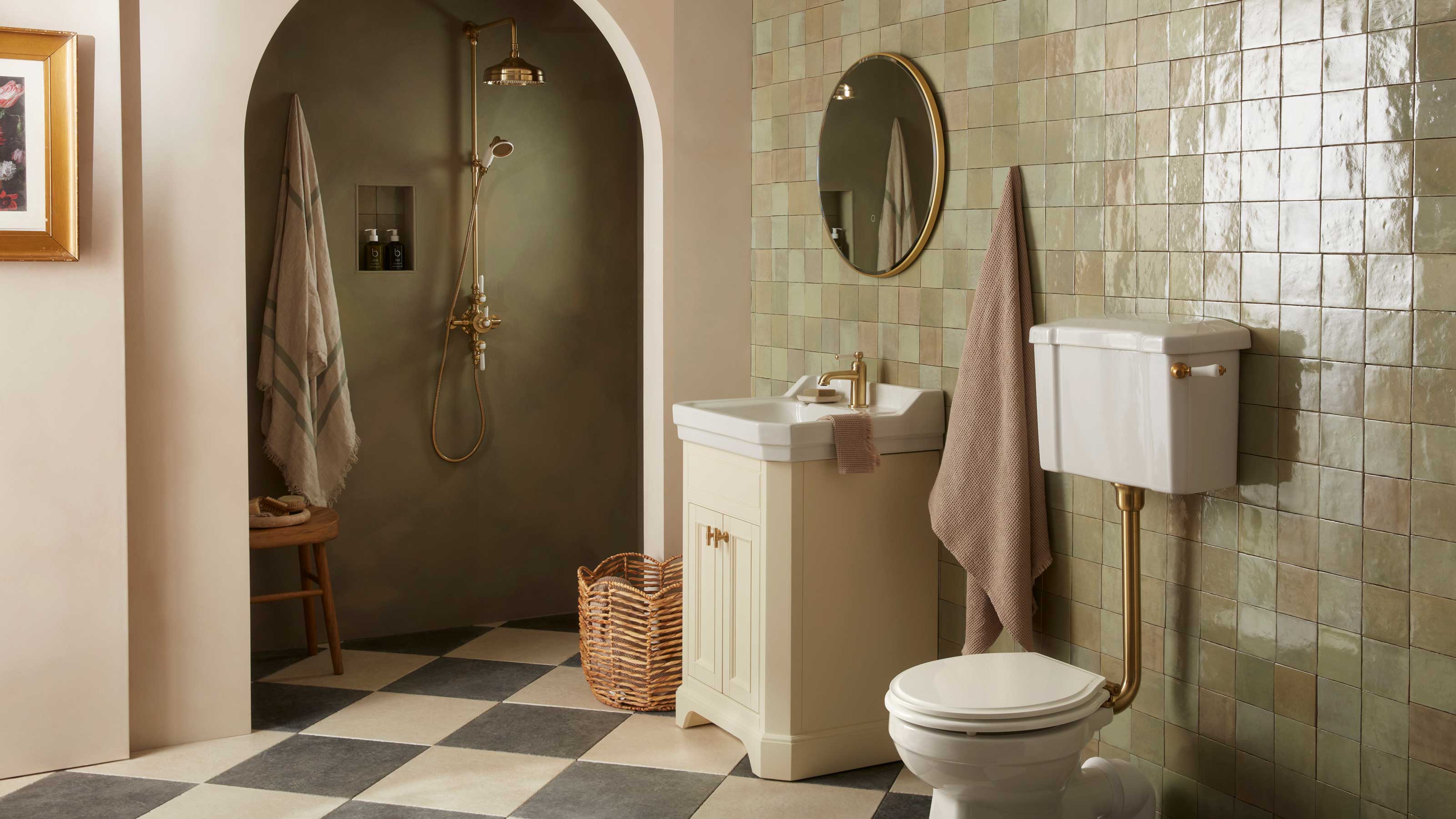 Is a wet room worth it? I asked bathroom experts whether a wet room adds value or makes it difficult to sell
Is a wet room worth it? I asked bathroom experts whether a wet room adds value or makes it difficult to sellNot everyone sees a wet room as a positive so we asked the experts how to design a space that will add value and help your home sell fast
By Natasha Brinsmead